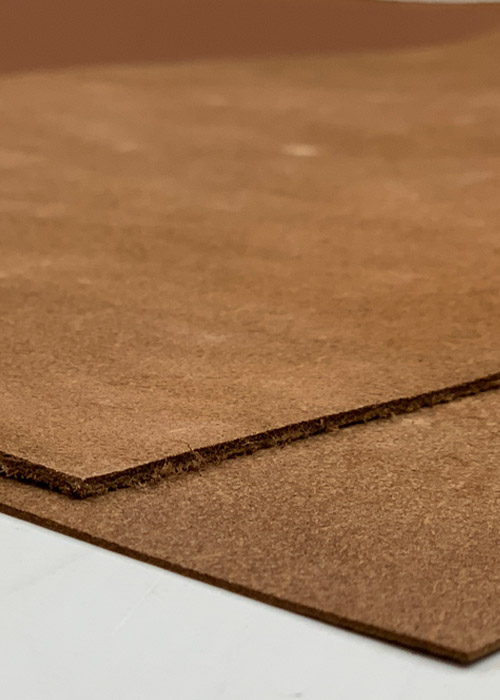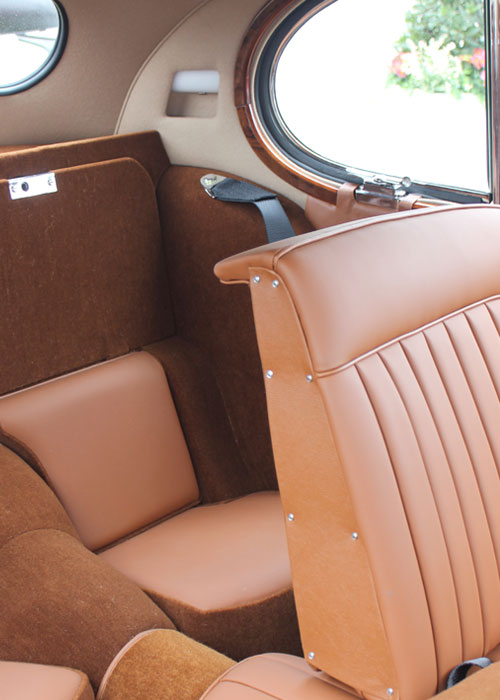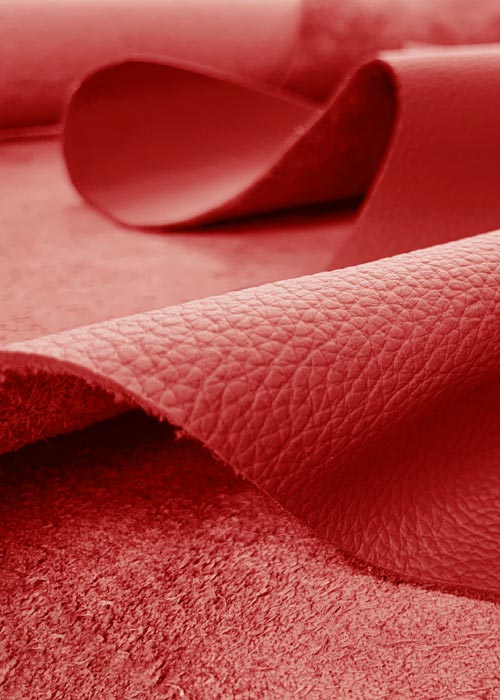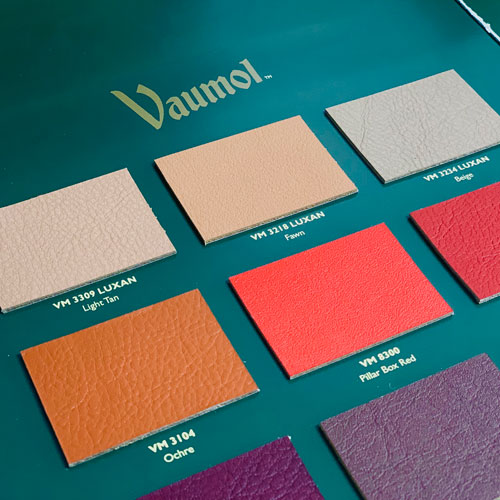
Connolly is a recognised and admired name amongst today’s classic car restorers.
With a steeped history in automotive upholstery, here we take a closer look at the leather behind the Connolly brand.
Established in 1878 by the Connolly brothers – John Joseph and Samuel Frederick – Connolly Leather was firmly rooted in the supply of leather to the horse-centred transport industry of the time; saddlery, hooding and coach building. So when horse-drawn coaches evolved into the first motor cars, the Connolly Brothers quickly found themselves at the very centre of the golden age of motoring and became the name synonymous with all of the Grand Marques. Connolly leather graced the interiors of the first Rolls Royce, Bentley, Aston Martin and Jaguar amongst many others, and continued to supply the leather to these cars up until the 1990’s.
And the Connolly heritage doesn’t just end with motoring. From the seats in the House of Lords and House of Commons, to Concorde, the QE2 and the Ritz hotels, Connolly leather was chosen to bedeck the interiors of some of the most prestigious and esteemed interiors in British history.
It’s this heritage that makes Connolly a recognised and admired name amongst today’s classic car restorers. More than just leather, the Connolly brand recalls and captures a moment in a by-gone era that restorers are increasingly keen to revisit and relive.
Modern-day leather manufacturing
To better understand the Connolly difference, it’s first worth exploring the leather production that we have become accustomed to today.
Over the years, leather manufacturing has evolved to meet the demands of the mass market by increasing its usability and prolonging its lifespan. Through mechanical graining processes and dye treatments, leather hides – that by their very nature can be scarred, flawed and blemished to varying degrees across their surface – can be made more consistent in their look and feel, thereby increasing their suitability for mass production. From a consumer perspective, leather that has undergone these processes still maintains a typically authentic look, but has been made more durable to withstand the wears and tears of everyday life.
Mechanical Graining
To achieve a consistent appearance across the surface of the hide, mechanical graining techniques were developed to hide or mask surface blemishes by applying a grained look across the surface of the leather. This results in a relatively unchanging and uniform appearance across the hide. By reducing the risks associated with variability, mechanically grained hides bring huge benefits to production lines; manufacturers can utilise quantities of leather that would otherwise be deemed as unsatisfactory or waste product – by mass production standards – and ultimately keep production running cost effectively. End products are hard-wearing and have a regular surface finish without any obvious scarring or defects.

Dyed-Through Leather
In comparison to early leather dyeing – that would have only coloured the top surface of the leather – dyed-through leather colours the hide in its entirety, from surface through to underside. This process increases the lifespan of leather products, effectively softening the ageing process so that cracks and blemishes that appear over time subtly blend into the surface, and any damage is less noticeable as the colour remains of a similar appearance throughout the whole depth of the hide.
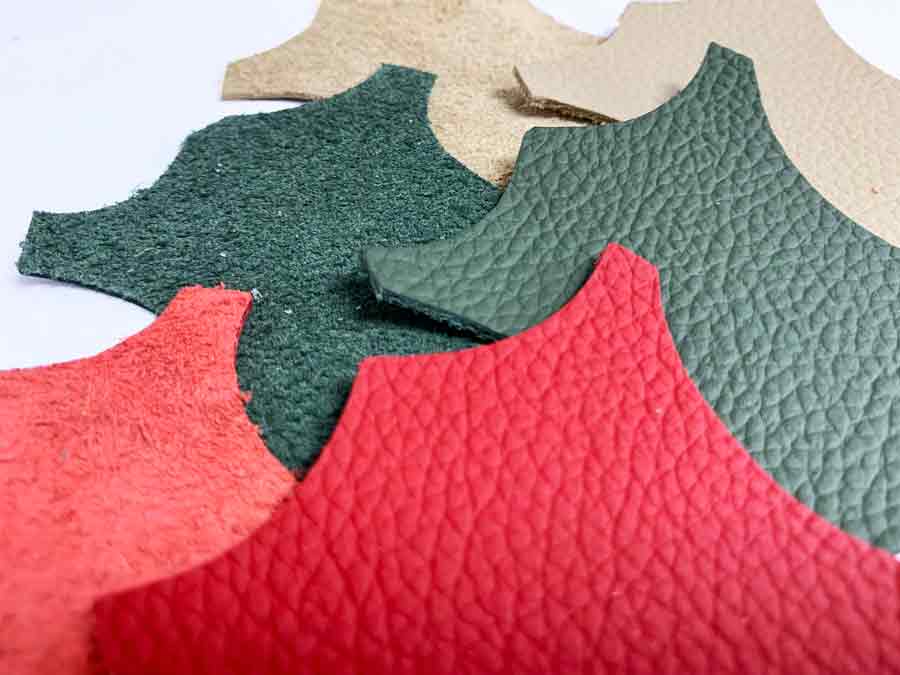
Ultimately, modern leather manufacturing has evolved to meet the demands of the mass market by increasing its usability and prolonging its lifespan. Leather that has undergone processing for better consistency is favoured by manufacturers and consumers alike who have grown accustomed to associating quality with products that look typically authentic, are hardwearing and stand the test of time.
The Connolly difference
For Connolly, the true essence and character of leather is too quickly covered up by modern-day processes. They prefer to treat each hide individually, recognising the idiosyncrasies and imperfections that make each hide unique from the next. Each hide of leather has its own story, and Connolly is here to tell it.
Beginning with exceptional quality hides, Connolly use processes developed in-house to enhance the hide’s natural grain. There’s no mass production here; Connolly leathers are truly authentic and full of character. The Vaumol™ finish was developed to enrich each hide with a unique aroma and grain so as the leather ages, its patina warms and increases over time. Luxan hides undergo a secondary finishing process to further enhance their colour and appearance.
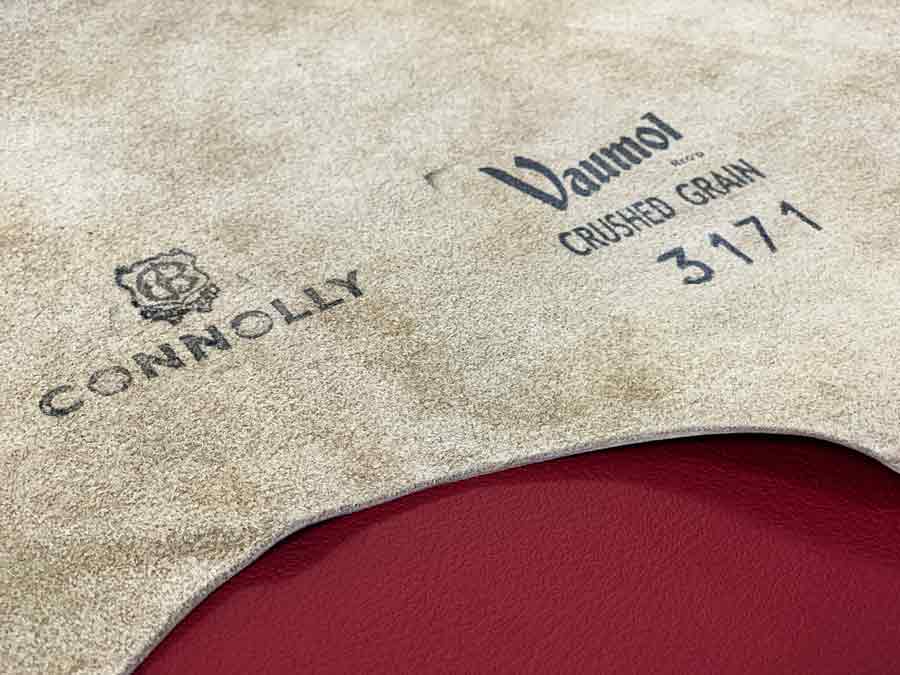
Connolly reject the principles of mass -market leather production, catering to the client who thinks likewise. Variances in grain and tactility across a hide are to be appreciated – not masked over – and to be understood as the true hallmarks of an authentic leather. In contrast to the uniformity of large scale manufacturing, Connolly can work with clients on a one-to-one basis to create leather bespoke to individual requirements.
Their philosophy has stood the test of time – this historic advert reads as true today as it did back then:
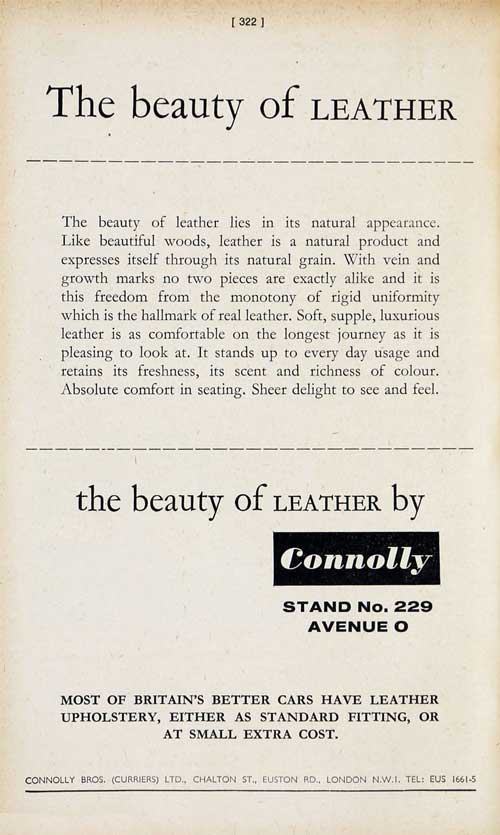
Vaumol™ vs Standard Grain Leather
The best way to see the difference between Standard Grain Leather and Connolly Vaumol™ Leather is to lay them side by side. In comparison to Standard Grain hides, Vaumol™ leathers are incredibly supple with a more ‘stretchy’ handfeel. They carry a much richer depth of colour with subtle variances in shading across the surface of the hide. Against the uniformity of the Standard Grain hides, they are remarkably characterful and the Standard Grain hides appear more ‘flat’ under direct comparison.
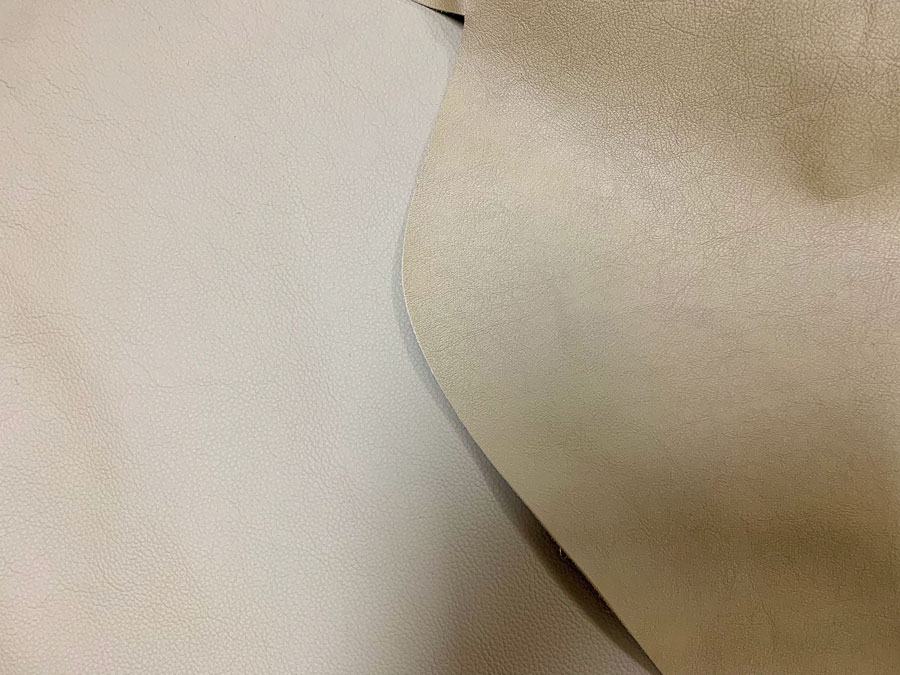
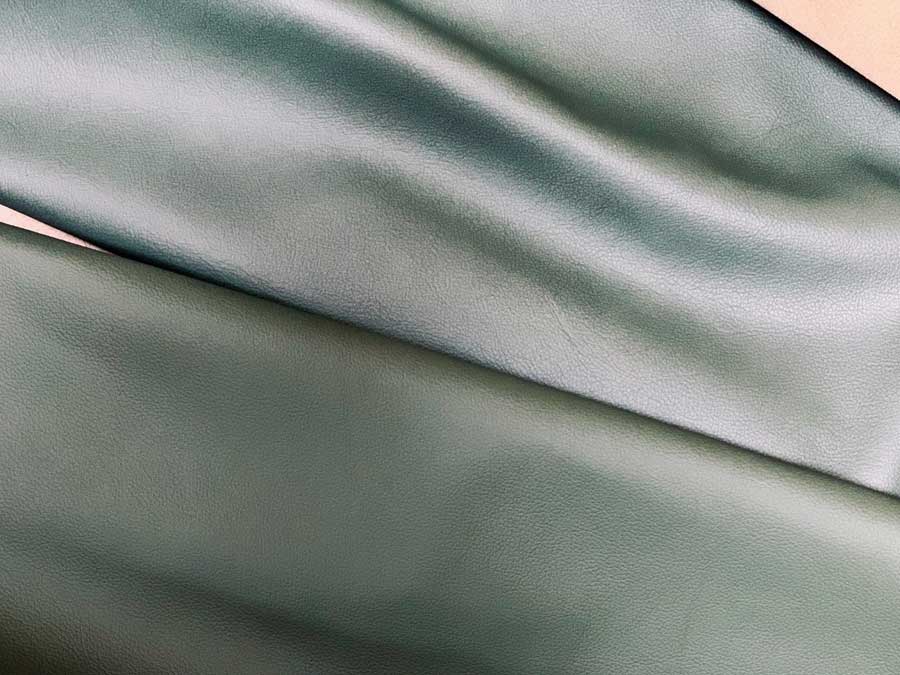
The variances in surface appearance and texture are the key identifying features of Connolly Vaumol™ hides. It is important to highlight, however, that this inconsistency leads some to believe the leather is faulty, especially when undergoing the trimming process. Where areas are pulled tightly ‘taut’ – such as over seat surrounds – the graining can disappear completely, leaving the effect of some parts of the seats carrying a grained finish and others without. This is all a completely natural behaviour of the material, but for some customers this isn’t the finish expected – certainly from such a prestigious leather.
It’s perhaps somewhat of a paradox to pay a premium for what some might consider a ‘flawed’ material. But its peculiarities are very much at the heart of its character; it’s simply the price paid for a more artisan leather, void of the modern processes that it would have to otherwise undergo to make it up to an acceptable standard deemed suitable by the mass market.
The image below shows the graining inconsistencies that are typical of a Vaumol™ leather. Over a small surface area (large enough to cut out a single pattern piece, such as a seat surround), there are three notable differences in graining. Restorers can be very divided here; some prefer the more pristine and unchanging finish of standard grain hides, whereas others accept the inconsistency of the Vaumol™ hide in the interests of both originality and individuality.

This is by no means a ‘faulty’ leather – far from it. As a mass market, we have become so accustomed to the homogeny of manufactured leathers that we have perhaps forgotten – or were completely unaware – of what a leather actually looks like.
Vaumol™ and Classic Car Restoration
Connolly Vaumol™ leather remains the choice for discerning restorers keen to stay true to originality and capture the romance of a bygone era.
Available in a range of 30 colours developed from archival records, Vaumol™ leathers reflect the most popular colour choices of the era and it is perhaps this authenticity that makes them the choice with an increasing number of restorers today. The uniqueness of each hide in look, feel and smell, combined with an intangible nostalgia and prestige is what makes them so appealing.
And, perhaps most importantly, their historical accuracy makes them the only choice worth considering for those most sympathetic and meticulous of restorers. In an era of notoriously inconsistent record keeping, the Connolly Bros were remarkably diligent! For customers seeking absolute originality from their restoration today, Connolly can trace back the exact batch and shade of leather that would have been used on a particular car on the production line – all they need is the chassis number, the heritage certificate and the build sheet. Impressive stuff.
A note on restoration budget: For all their sentiment, Vaumol™ leathers do come with a price tag. At the time of writing (Spring 2023), Vaumol™ leathers are priced at an additional £550 (excluding VAT) per hide, on top of our standard leather prices. For most, the budget simply doesn’t stretch that far, but we are seeing an increasing number of customers enquiring about – and choosing – Vaumol™.
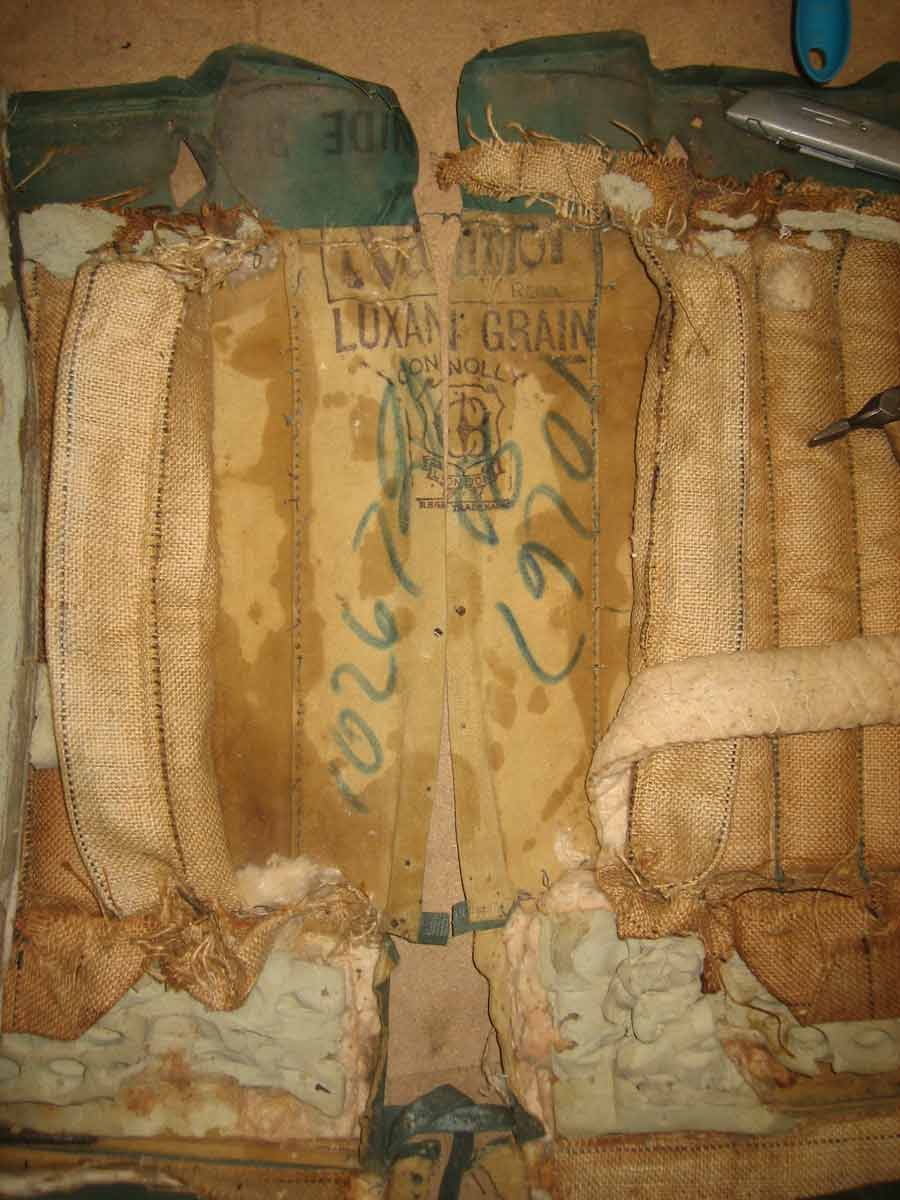
A Case Study
John Skinner’s worked with a customer who was restoring a Jaguar XK120 OTS to original specification.
The car had been originally owned by his father who had purchased it from factory production and later sold it. On acquiring it back into the family, the son wished to restore the car back to the specifications under which his father would have known it. The restoration carried huge sentimental value, and Vaumol™ leather was the obvious choice.
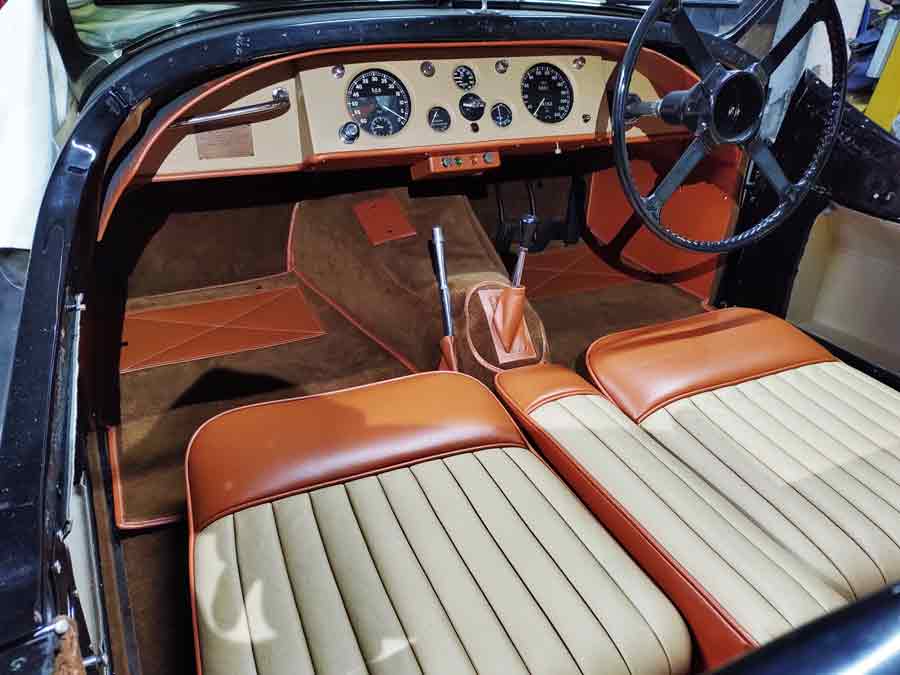
Handbook Summary
Are you thinking of using Connolly Vaumol™ for your restoration project? Here’s some useful points to consider:
- How important is it to you that your car is restored to exacting original specification standards? Are your choices determined by originality or are you undertaking more of a relaxed, bespoke approach?
- What is your interior trim budget? Vaumol™ leathers are charged per hide – currently £550 (exc. VAT) on top of our quoted prices for standard leather (prices correct at time of writing, April 2023). Also consider the market value of your car – Vaumol™ is generally an undisputed choice for particularly rare and valuable cars with a return on investment.
- Are you accepting of the natural inconsistencies of leather? Or do you prefer a more predictable and unchanging look throughout all the interior trim?
- Is there any sentimental or nostalgic weighting on your restoration choices?
- Categories: Colours and Materials






